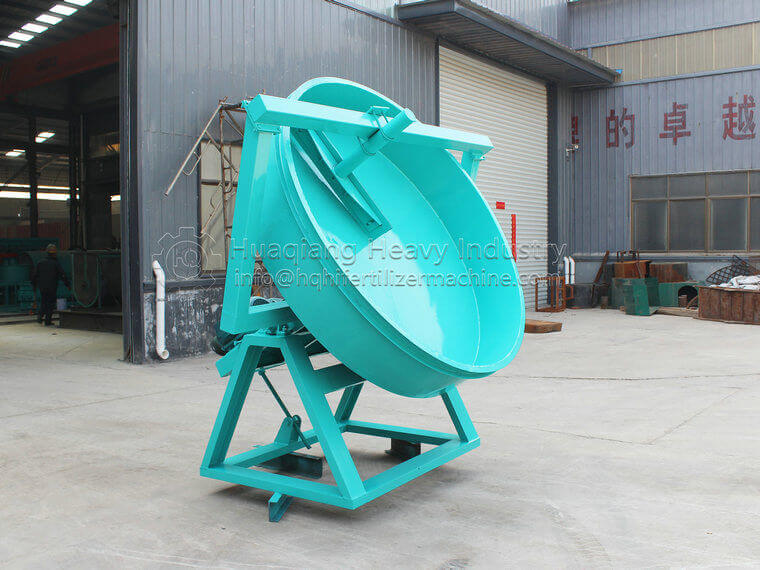How does the disc granulator process feces into fertilizer
The process of using a disc granulator to process feces into fertilizer typically involves the following key steps:
1. Raw material preparation:
Collect animal manure, such as cow manure, pig manure, chicken manure, etc., and conduct preliminary screening and crushing to remove large debris and impurities.
2. Raw material pretreatment:
Proper pretreatment of feces, such as composting or adding microbial agents, can accelerate the decomposition and stabilization of organic matter.
Adjust the moisture content as needed to achieve a suitable humidity level, generally between 50% and 60%, to facilitate the granulation process.
3. Ingredient mixing:
Mix the pre treated feces with necessary additives (such as adhesives, pH adjusting substances, etc.) to improve granulation performance and the quality of the final product.
4. Processing of disc granulator:
Send the mixed raw materials into the disc granulator. Under the action of a rotating disk, the raw material is thrown into the air and falls freely, forming wet particles with a certain size and density through the action of gravity and centrifugal force.
Adjust the rotation speed and feeding rate of the disc to control the size and yield of particles.
5. Drying and cooling:
The wet particles after granulation by a disc granulator need to undergo a drying process to reduce moisture content, usually using a dryer for drying.
The dried particles are further cooled to prevent storage and use from being affected by excessive temperature.
6. Screening and Grading:
By using vibrating screens or other screening equipment, the dried particles are screened to separate qualified products and oversized or undersized particles.
Classify and package products according to market demand.
7. Quality inspection:
Conduct quality testing on the produced fertilizers, including indicators such as nutrient content, moisture content, particle size, etc., to ensure that the products comply with relevant standards and regulations.
8. Storage and transportation:
Qualified fertilizer products are stored in dry and ventilated warehouses, waiting for sale or transportation.
Through the above process, feces are processed by a disc granulator and converted into organic fertilizers that can be used in agriculture. This not only realizes the resource utilization of waste, but also reduces environmental pollution.



.jpg)
.jpg)

.jpg)

